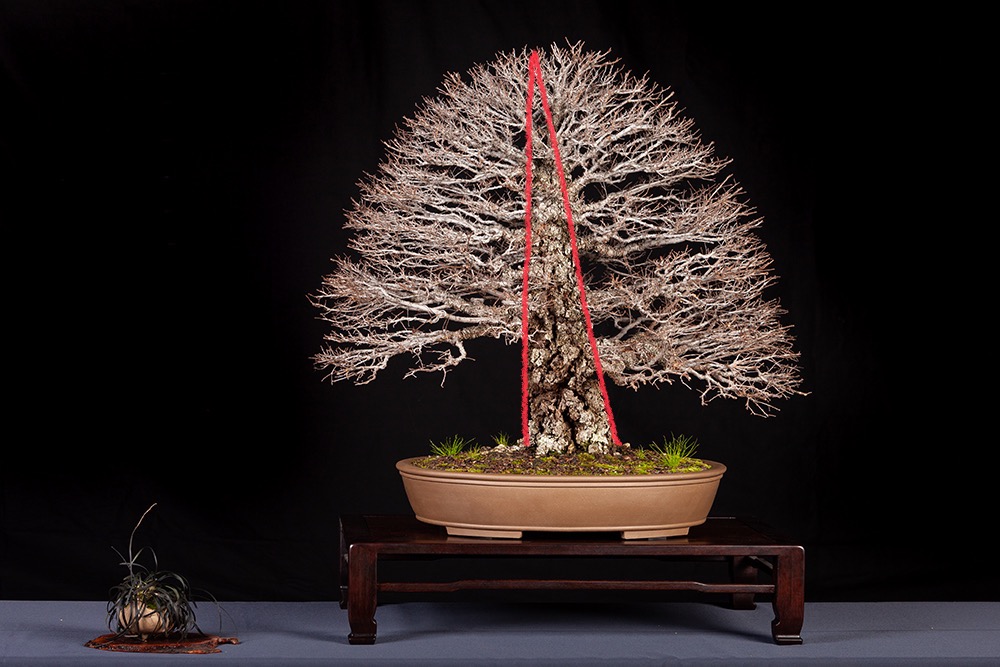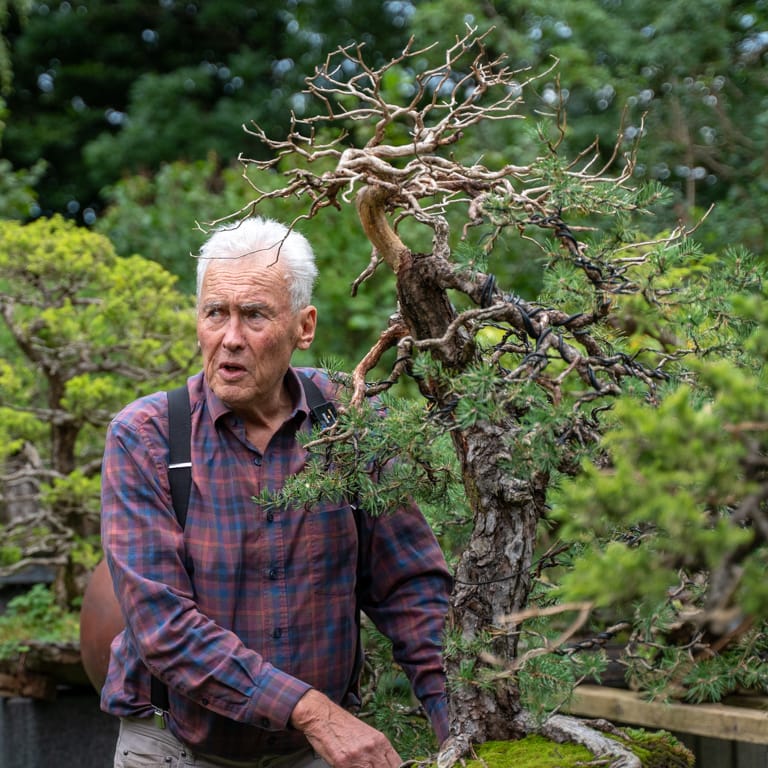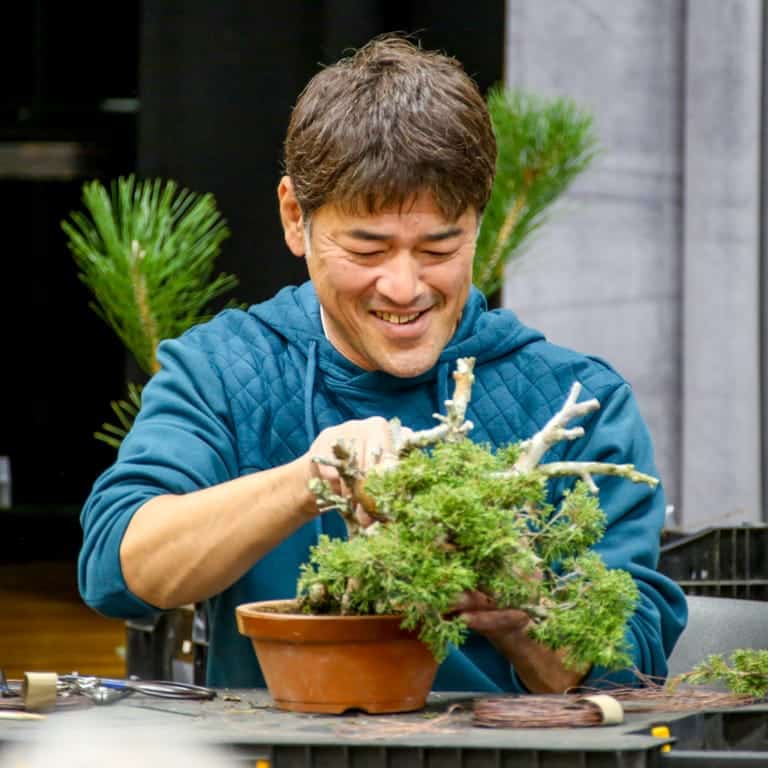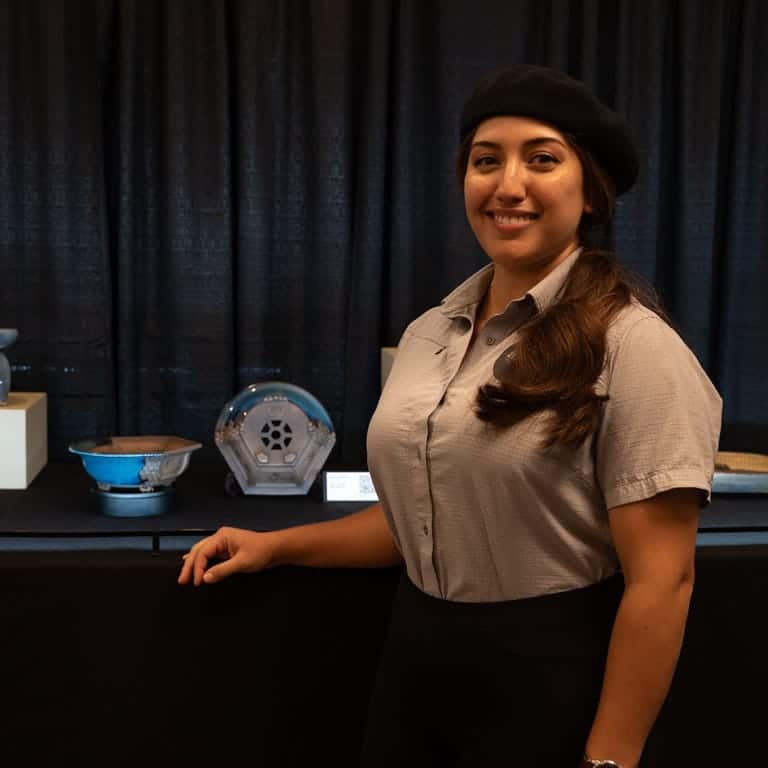
Rss Feeds (1136)
Mid-Michigan Bonsai Message Corner
"In lieu of the usual meeting schedule, The MMBC end of year luncheon at Foster Community Center will be Saturday November 15th. Members, please check your email for details.
There will be no meeting on November 20th"
- Category: Rss Feeds
- Created: 19 December 2025
- Written by:
A reader asked for an explanation of this sentence from a previous post:
- Category: Rss Feeds
- Created: 14 December 2025
- Written by:
One of this year’s highlights was getting to spend time with Walter Pall in his garden. After joining his master class for a few days in Zorneding, Germany, I headed to Walter’s garden to record him talking about his trees. The result was a series of nine videos in which Walter shares stories of how he acquired his trees, how he approaches styling, and what he gets out of growing bonsai.
- Category: Rss Feeds
- Created: 12 December 2025
- Written by:
You wouldn’t think Japanese Black Pine and Satsuki Azalea are similar in any way. And yet the common techniques for Black Pine and Satsuki are mirrors.
- Category: Rss Feeds
- Created: 07 December 2025
- Written by:
Screenshot
Steve Zeisel, sponsor and organizer of the Winter Silhouette Bonsai Expo did it again! A huge crowd of visitors and bonsai enthusiasts enjoyed an elegant display of fine bonsai! Every bonsai was of much better quality than in the first 12 exhibitions featuring naked trees. He privately holds the event to promote bonsai and allows exhibitors to express their beautiful bonsai and creative displays, especially in their winter appearance.
- Category: Rss Feeds
- Created: 05 December 2025
- Written by:
Our formal upright design series wraps this week with comments on each of the 9 remaining design options.
- Category: Rss Feeds
- Created: 05 December 2025
- Written by:
A couple of years ago, Andrew Robson and I hosted a Winter Shohin School in Milwaukie, Oregon featuring headliner Daisaku Nomoto from Japan. The event is coming to Northern California next month!
- Category: Rss Feeds
- Created: 25 November 2025
- Written by:
The only Zen garden in a Buddhist Temple is located in the Daitoku-ji Temple complex in Kyoto, Japan. It is quite close to the world-famous Daisen-in garden. Now photos are allowed!
- Category: Rss Feeds
- Created: 23 November 2025
- Written by:
After a long hiatus, the US again has a juried bonsai pottery competition. After an initial pair of events in 2001 and 2002 and a follow-up in 2015, we now have an updated competition sponsored by the American Bonsai Society and managed by Angelica Ramirez.
- Category: Rss Feeds
- Created: 23 November 2025
- Written by:
Today we visited the Daiju-en Bonsai Garden of Toru Suzuki, third generation bonsai artist.








